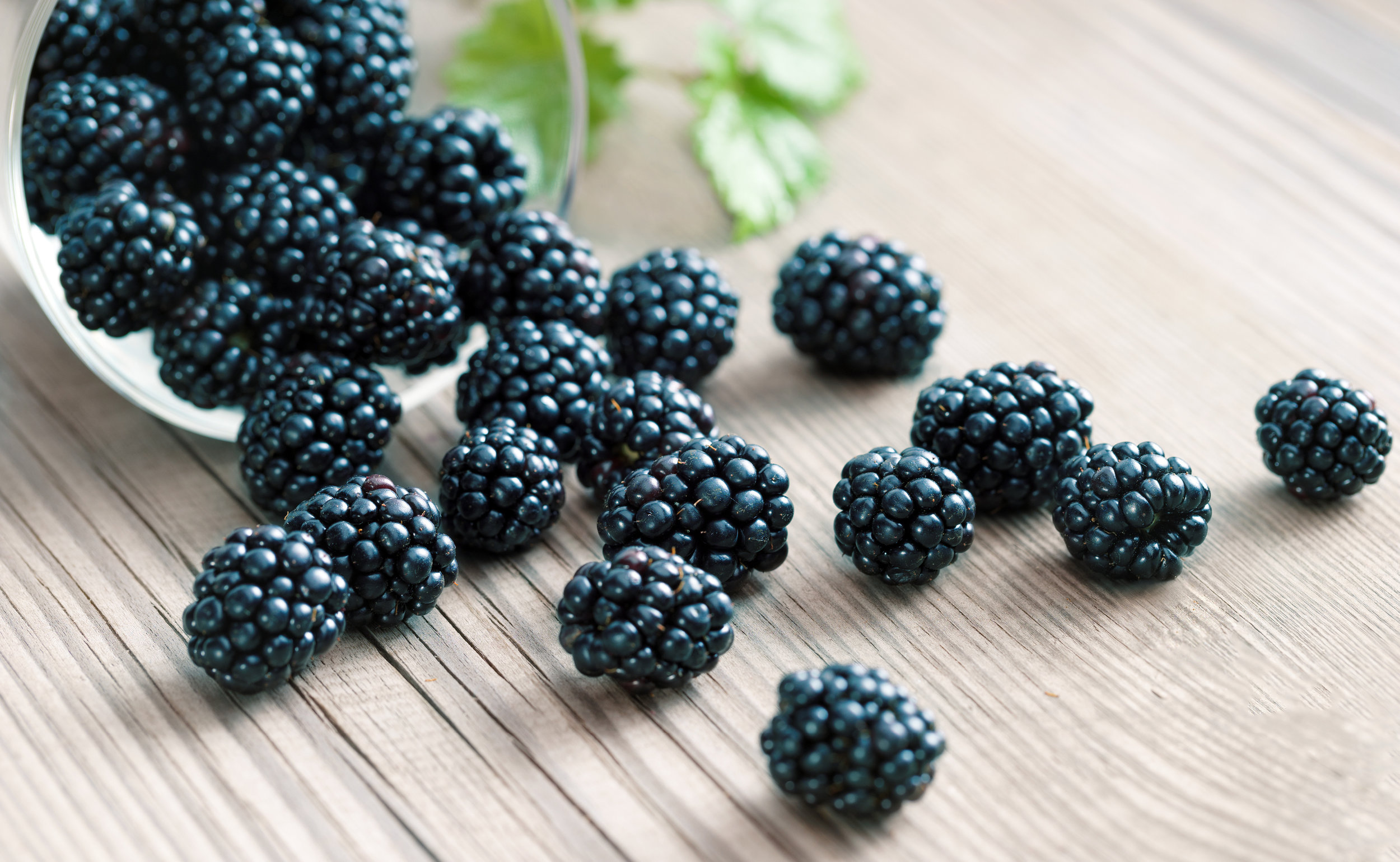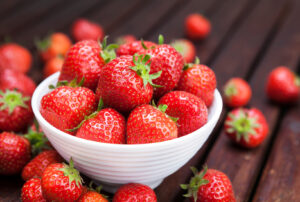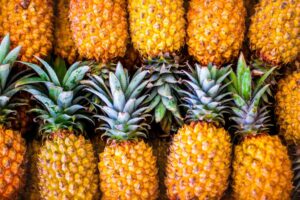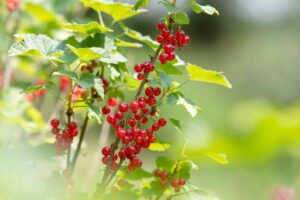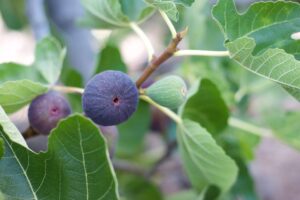How to Grow and Care for Blackberries: A Complete Guide
Are you dreaming of plump, juicy blackberries freshly picked from your own garden? Whether you have acres of land or just a sunny balcony, blackberries can thrive in various settings with proper care. This comprehensive guide will walk you through everything you need to know about growing blackberries successfully in your home garden, containers, and outdoor spaces.
Introduction to Blackberries
Blackberries (Rubus species) are versatile fruits that offer incredible flavor and impressive health benefits. Rich in antioxidants, vitamins C and K, and dietary fiber, these berries aren’t just delicious—they’re nutritional powerhouses that can enhance your health while brightening your garden.
According to the USDA National Agricultural Library, blackberries are among the most accessible fruits for home gardeners to grow. With proper care, a single blackberry plant can produce up to 10 pounds of fruit each season and continue yielding for 15-20 years.
Choosing the Right Blackberry Varieties for Your Garden
Before diving into planting, it’s essential to understand the types of blackberries available and select varieties suited to your growing conditions and preferences.
Types of Blackberry Plants
Blackberries come in three main growth habits:
- Erect Blackberries: These self-supporting varieties stand upright without trellising. Examples include ‘Navaho’, ‘Ouachita’, and ‘Apache’.
- Semi-Erect Blackberries: These varieties require some support and typically produce higher yields. ‘Chester’, ‘Triple Crown’, and ‘Loch Ness’ are popular choices.
- Trailing Blackberries: These varieties need a trellis system and are common in commercial production. ‘Marion’, ‘Boysen’, and ‘Logan’ are well-known trailing types.

Best Varieties for Different US Growing Zones
| Growing Zone | Recommended Varieties | Special Features | Harvest Time |
|---|---|---|---|
| Zones 3-4 | ‘Illini Hardy’, ‘Darrow’, ‘Chester’ | Cold-hardy, disease-resistant | Mid-late summer |
| Zones 5-7 | ‘Triple Crown’, ‘Ouachita’, ‘Apache’ | High yield, heat-tolerant | Early-mid summer |
| Zones 8-10 | ‘Natchez’, ‘Arapaho’, ‘Kiowa’ | Heat-tolerant, extended harvest | Early summer |
| Container Growing | ‘Baby Cakes’, ‘Bushel and Berry’, ‘Prime-Ark Freedom’ | Compact habit, thornless | Summer-fall |
For the most accurate variety recommendations for your specific region, the USDA Cooperative Extension Service offers localized guidance through county offices.
Starting Blackberries from Seed
While most commercial growers use cuttings or bare-root plants, starting blackberries from seed can be a rewarding experience for patient gardeners.
Seed Collection and Preparation
- Collect seeds from fully ripe berries by mashing them in a fine strainer and rinsing away the pulp.
- Dry the seeds on paper towels for 1-2 days.
- Cold stratify by placing seeds in a damp paper towel inside a sealed plastic bag in your refrigerator for 3-4 months.
Planting Blackberry Seeds
- Fill seed trays with a well-draining seed starting mix.
- Place stratified seeds on the surface and cover with 1/8 inch of soil.
- Keep soil consistently moist but not soggy.
- Place in bright, indirect light at temperatures between 65-75°F.
- Expect germination within 2-4 weeks, though some seeds may take longer.
- Transplant seedlings to individual containers once they develop 2-3 true leaves.
Keep in mind that plants started from seed may take 3-4 years to bear fruit and may not have the same characteristics as the parent plant. For faster results, consider starting with bare-root plants or container-grown specimens.
Growing Blackberries in Garden Beds
Blackberries thrive in garden settings where they have room to spread and access to consistent resources.
Site Selection and Preparation
- Choose a location with full sun (minimum 6-8 hours daily).
- Ensure good drainage – blackberries hate “wet feet.”
- Test soil pH – aim for 5.5-6.5 for optimal growth.
- Prepare soil by incorporating 2-4 inches of compost or well-rotted manure.
- Space plants according to variety:
- Erect varieties: 3 feet apart
- Semi-erect and trailing varieties: 5-8 feet apart
- Rows should be 8-10 feet apart for good air circulation
Planting Process
- Dig holes twice as wide as the root ball but at the same depth.
- Position plants so the crown is level with the soil surface.
- Backfill with soil and firm gently to eliminate air pockets.
- Water thoroughly after planting.
- Apply 2-3 inches of organic mulch around plants, keeping it away from stems.
Trellis Systems for Support
Most blackberry varieties benefit from support systems:
- T-trellis: Two wires run horizontally between posts, creating a “T” shape
- V-trellis: Angled supports create a V-shaped growing area
- Simple post system: For erect varieties, simple posts can provide adequate support
The USDA Agricultural Research Service has conducted extensive research on trellis designs for optimal blackberry production.
Container Growing Guide
Limited space? No problem. Many modern blackberry varieties are compact enough for container growing.
Container Selection and Preparation
- Choose a container at least 18-24 inches wide and deep.
- Ensure adequate drainage holes.
- Use a high-quality potting mix with added compost.
- Consider adding perlite or coarse sand for improved drainage.
Planting and Placement
- Place your container in a spot receiving 6-8 hours of sunlight.
- Plant only one blackberry per large container.
- Install a small trellis or stakes for support.
- Position containers away from strong winds.
Container Maintenance
Container blackberries need more frequent attention:
- Water consistently to maintain even moisture.
- Fertilize every 4-6 weeks during the growing season.
- Replenish mulch as needed to conserve moisture.
- Move containers to protected areas in extreme weather.
- Consider repotting every 2-3 years with fresh soil.
Essential Blackberry Care
Proper maintenance ensures healthy plants and abundant harvests.
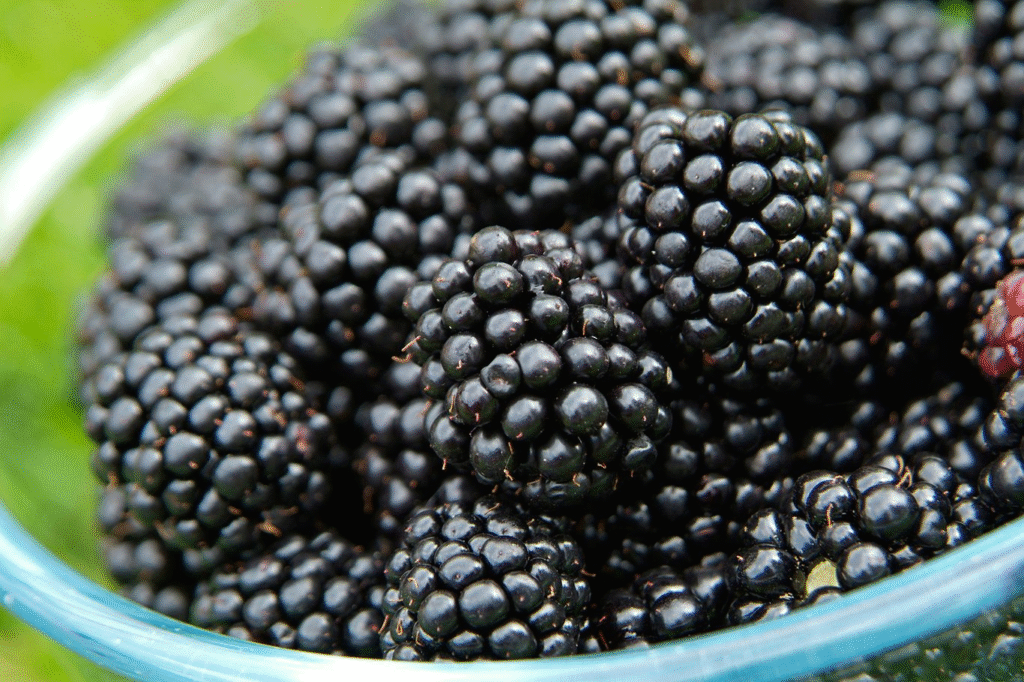
Watering Requirements
- New plants: 1-2 inches of water weekly.
- Established plants: Deep watering when the top 2 inches of soil dry out.
- Critical periods: Consistent moisture is essential during flowering and fruiting.
- Irrigation methods: Drip irrigation or soaker hoses keep foliage dry and reduce disease.
Fertilization Schedule
- Spring feeding: Apply balanced organic fertilizer (10-10-10) when new growth appears.
- Mid-season: Light nitrogen application if foliage appears pale.
- Late season: Avoid fertilizing after mid-summer to prevent tender new growth before winter.
- Organic options: Compost, well-rotted manure, fish emulsion, or specialized berry fertilizers.
Pruning Techniques
Proper pruning maximizes yield and maintains plant health:
- First-year care: Remove all flower clusters in the first year to establish strong roots.
- Summer pruning: Tip-prune new primocanes to 3-4 feet to encourage branching.
- Winter pruning: Remove all spent floricanes (canes that fruited) at ground level.
- Thinning: Limit canes to 5-7 strong primocanes per linear foot.
Managing Pests and Diseases
Common issues and organic solutions:
- Japanese beetles: Handpick or use insecticidal soap.
- Spider mites: Strong water spray or predatory mites.
- Anthracnose: Ensure good air circulation and apply organic fungicides if necessary.
- Powdery mildew: Avoid overhead watering and use neem oil or sulfur-based fungicides.
The USDA Integrated Pest Management Program offers research-based strategies for managing blackberry pests using minimal chemical interventions.
Harvesting and Using Your Blackberries
The reward for all your hard work comes at harvest time.
When and How to Harvest
- Berries are ready when they turn completely black and detach easily from the stem.
- Harvest in the morning when temperatures are cool.
- Pick gently, placing berries in shallow containers to prevent crushing.
- Harvest every 2-3 days during peak season.
Storage Tips
- Fresh consumption: Refrigerate unwashed berries for 3-5 days.
- Freezing: Arrange washed, dried berries on a baking sheet and freeze before transferring to containers.
- Dehydrating: Dry berries at 135°F for 18-24 hours for a nutritious snack.
- Canning: Follow USDA guidelines for safe preservation in jams, jellies, and preserves.
Culinary Uses
Beyond the obvious desserts, blackberries shine in:
- Savory dishes: Blackberry glazes for meats, additions to salads
- Beverages: Smoothies, infused water, cocktails, or homemade wine
- Breakfast: Toppings for yogurt, oatmeal, or pancakes
- Preserves: Jams, jellies, and fruit leather
Seasonal Care Guide
Different seasons demand different care approaches for blackberries.
Spring Activities
- Apply fertilizer as new growth begins.
- Inspect for winter damage and prune as needed.
- Install or repair trellising systems.
- Apply fresh mulch around plants.
Summer Maintenance
- Maintain consistent watering schedule.
- Monitor for pests and diseases.
- Harvest ripe berries regularly.
- Tip-prune new primocanes on erect varieties.
Fall Preparation
- Clean up fallen leaves and debris.
- Apply compost but avoid nitrogen fertilizers.
- Protect container plants from early frosts.
- Remove and dispose of any diseased canes.
Winter Protection
- Apply 2-4 inches of mulch around plant bases.
- In cold regions, consider row covers for extra protection.
- For trailing varieties in zones 3-5, gently bend canes and cover with soil or straw.
- Reduce watering but don’t allow roots to dry completely.
Troubleshooting Common Issues

Even experienced gardeners encounter challenges with blackberries.
Poor Fruit Production
Potential causes and solutions:
- Insufficient sunlight: Relocate plants or prune nearby trees.
- Improper pruning: Review and adjust pruning practices.
- Age of canes: Ensure proper removal of spent floricanes.
- Pollination issues: Plant pollinator-friendly flowers nearby.
Yellowing Leaves
- Nutrient deficiencies: Apply balanced fertilizer or specific amendments.
- Poor drainage: Improve soil structure or consider raised beds.
- Virus infection: Remove and destroy affected plants if virus is confirmed.
Small or Malformed Berries
- Drought stress: Maintain consistent moisture during fruit development.
- Inadequate pollination: Attract more pollinators to your garden.
- Pest damage: Implement appropriate pest management strategies.
Conclusion
Growing blackberries can be incredibly rewarding, providing you with delicious, nutritious fruits while enhancing your landscape. By following the guidance in this article, you’ll be well on your way to successful blackberry cultivation, whether in a spacious garden or on a compact patio.
Remember that your local county extension office, backed by the USDA, is an excellent resource for region-specific advice. With patience and proper care, your blackberry plants will reward you with bountiful harvests for many years to come.
